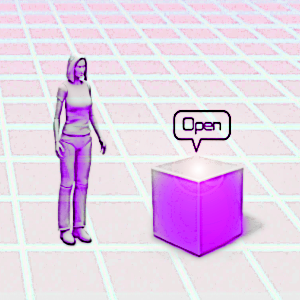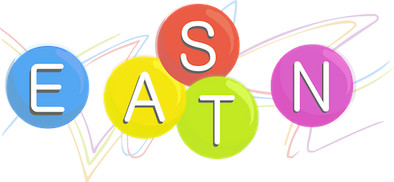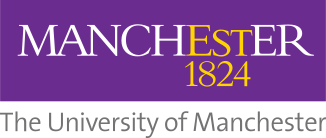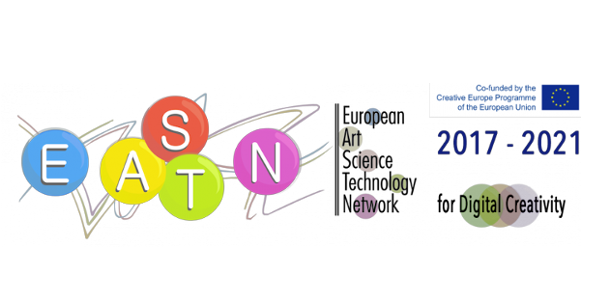 Recursive Arts | Sonicmaps
Recursive Arts | Sonicmaps
About the projects (Maia and SonicMaps)
For this purpose, a number of hyper-real virtual replicas (1:1 scale) of real world locations are to be built in the form of 3D parallel worlds where user-generated content is accurately localised, persistent, and automatically synchronised between both worlds—the real and the virtual counterparts.
The focus is on fading the boundaries between the physical and digital worlds, facilitating creative activities and social interactions in selected locations regardless of the ontological approach. We should thus be able to explore, create, and manipulate “in-world” digital content whether we are physically walking around these locations with an AR device (local user), or visiting their virtual replicas from a computer located anywhere in the world (remote user). In both cases, local and remote agents will be allowed to collaborate and interact with each other while experiencing the same existing content (i.e. buildings, trees, data overlays, etc.). This idea somehow resonates with some of the philosophical elaborations by Umberto Eco in his 1975 essay “Travels in Hyperreality”, where models and imitations are not just a mere reproduction of reality, but an attempt at improving on it. In this context, VR environments in trans reality can serve as accessible simulation tools for the development and production of localised AR experiences, but they can also constitute an end in itself, an equally valid form of reality from a functional, structural, and perceptual point of view.
Content synchronisation takes places in the MAIA Cloud, an online software infrastructure for multimodal mixed reality. Any changes in the digital overlay should be immediately perceived by local and remote users sharing the same affected location. For instance, if a remote user navigating the virtual counterpart of a selected location decides to attach a video stream to a building’s wall, any local user pointing at that physical wall with an AR-enabled device will not only watch the newly added video but might be able to comment it with its creator who will also be visible in the scene as an additional AR element.

Project Summary
MAIA is a mixed reality simulation framework designed to materialise a digital overlay of creative ideas in synchronised trans-real environments. It has been proposed as an extension to the author’s previous research on Locative Audio (SonicMaps).
Author details
Dr Ignacio Pecino Creative Technologist Recursive Arts info@recursivearts.com



